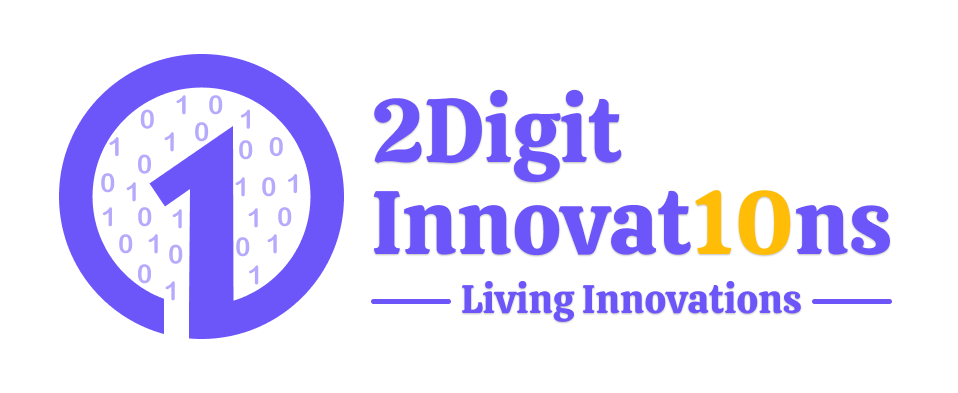How Can Custom Apps Be Updated and Maintained After Deployment?
6 May 24
How Can Custom Apps Be Updated and Maintained After Deployment?
Table of Contents | Sr | Headings | 1 | Introduction | 2 | The Importance of App Maintenance | 3 | Strategies for Updating Custom Apps | 4 | Best Practices for App Maintenance | 5 | Conclusion | 6 | FAQs 1. Introduction Custom apps play a critical role in modern business operations, providing tailored solutions to meet specific needs and requirements. However, the work doesn't end once the app is deployed. Regular updates and maintenance are essential to ensure that the app remains functional, secure, and aligned with evolving business objectives. 2. The Importance of App Maintenance Ensuring Compatibility As technology evolves, so do operating systems, hardware, and software dependencies. Regular maintenance updates are necessary to ensure that custom apps remain compatible with the latest platforms and frameworks, preventing compatibility issues that could disrupt operations. Enhancing Security Cybersecurity threats are constantly evolving, making it essential to implement timely security patches and updates to protect sensitive data and mitigate vulnerabilities. Regular maintenance helps identify and address security vulnerabilities before they can be exploited by malicious actors. Improving Performance Over time, performance issues such as slow load times, crashes, and bugs may arise due to changes in user behavior, increased data volume, or underlying infrastructure changes. App maintenance allows developers to address performance issues promptly, ensuring a seamless user experience. 3. Strategies for Updating Custom Apps Regular Monitoring and Testing Implementing a robust monitoring and testing regimen is essential for identifying issues early and ensuring that updates are thoroughly tested before deployment. Automated monitoring tools can help detect performance issues, security vulnerabilities, and other potential problems. Agile Development Methodology Adopting an agile development methodology allows teams to iterate quickly, respond to changing requirements, and deliver updates more frequently. By breaking down projects into smaller, manageable tasks, developers can prioritize updates based on user feedback and business needs. User Feedback and Engagement Engaging with users and soliciting feedback is crucial for understanding their needs, preferences, and pain points. User feedback can provide valuable insights for prioritizing updates and identifying areas for improvement, ultimately leading to a more user-centric app experience. 4. Best Practices for App Maintenance Version Control and Documentation Maintaining comprehensive version control and documentation is essential for tracking changes, managing dependencies, and ensuring transparency throughout the development process. Version control systems such as Git allow developers to collaborate effectively and roll back changes if needed. Regular Backups and Disaster Recovery Planning Implementing regular backups and disaster recovery plans helps mitigate the risk of data loss and ensures business continuity in the event of an unforeseen outage or security breach. Backups should be performed regularly and stored securely offsite to prevent data loss. Compliance with Regulatory Requirements Ensuring compliance with industry regulations and data protection laws is critical for protecting sensitive information and avoiding costly fines. App maintenance should include regular audits to ensure compliance with relevant regulatory requirements, such as GDPR, HIPAA, or PCI DSS. 5. Conclusion In conclusion, updating and maintaining custom apps after deployment is essential for ensuring their long-term success and maximizing their value to the business. By following best practices for app maintenance, including regular monitoring, agile development, user engagement, version control, and compliance with regulatory requirements, businesses can ensure that their custom apps remain secure, efficient, and aligned with evolving business objectives. 6. FAQs How often should custom apps be updated? Custom apps should be updated regularly to address security vulnerabilities, performance issues, and compatibility concerns. The frequency of updates may vary depending on factors such as user feedback, regulatory requirements, and emerging threats. Can app maintenance be outsourced to third-party providers? Yes, app maintenance can be outsourced to third-party providers with expertise in software development and maintenance. Outsourcing app maintenance allows businesses to focus on their core competencies while leveraging the skills and resources of external specialists. What is the role of user feedback in app maintenance? User feedback plays a crucial role in app maintenance by providing insights into user preferences, pain points, and feature requests. By soliciting and incorporating user feedback, developers can prioritize updates and enhancements that align with user needs and expectations. How can businesses ensure data security during app maintenance? Businesses can ensure data security during app maintenance by implementing robust security measures such as encryption, access controls, and regular security audits. Additionally, developers should follow best practices for secure coding and adhere to industry standards and regulations. What are the consequences of neglecting app maintenance? Neglecting app maintenance can lead to a range of consequences, including security breaches, data loss, performance degradation, and loss of user trust. By proactively addressing maintenance needs, businesses can avoid these pitfalls and ensure the long-term success of their custom apps.In today's rapidly evolving digital landscape, custom apps have become indispensable tools for businesses looking to streamline operations, enhance productivity, and deliver exceptional user experiences. However, developing a custom app is just the first step. Once deployed, it's crucial to ensure that the app remains up-to-date, secure, and optimized to meet evolving business needs. In this comprehensive guide, we'll explore the importance of updating and maintaining custom apps after deployment and provide practical strategies for ensuring their long-term success.


CALL
Ready to Work Together In New Projects ?
Services
App Development
Web App Development
Digital Marketing
UI And UX Designing
Custom Mobile And Web Development
Free Tools
Quick Links
Our Apps
Find us on Clutch
Privacy & Policy
Shipping & Delivery Policy
Return & Refund Policy
Terms & Condition
FAQs
Legal
Contact
Hyde Park Crown First Floor, FF-14-21 Plot No GH-03 Sector-78, Noida, Uttar Pradesh 201306
info@2digitinnovations.com
+91 7814042409
